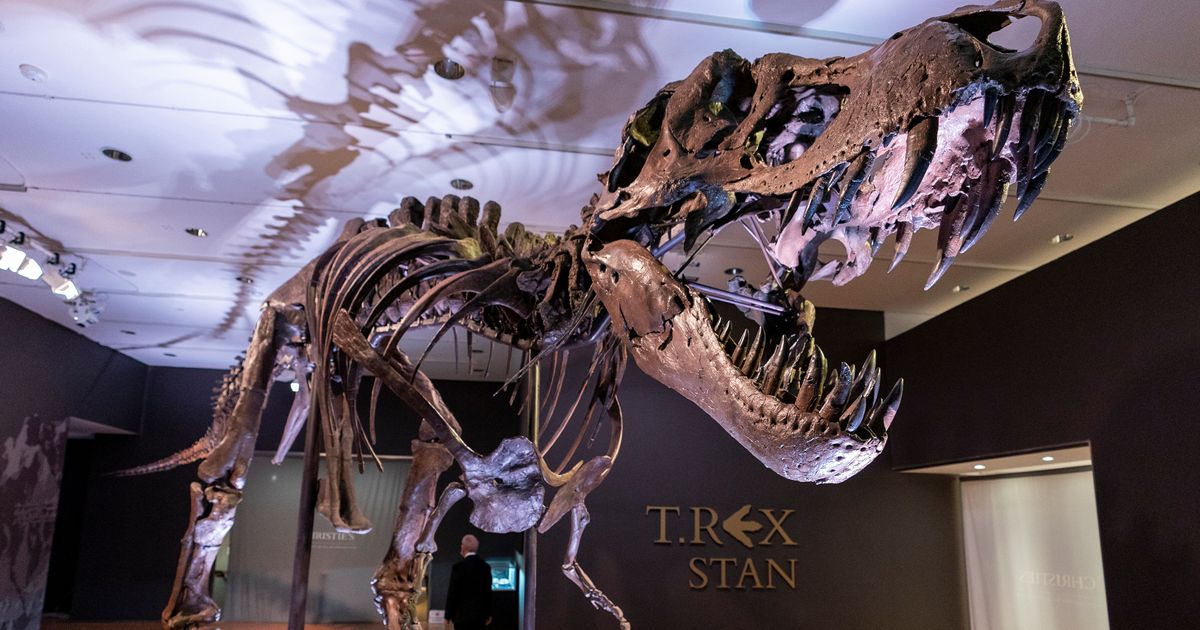According to a study published in the journal Science, new research suggests that the Tyrannosaurus rex and other large theropods likely had their teeth covered by scaly lips. This challenges the classic image of the T. rex with its massive, sharp teeth exposed. The study found that even when the dinosaur’s mouth was closed, its teeth didn’t stick out. In a wide open bite, only the tips of the teeth would have been visible. This research adds to the ongoing debate about how dinosaur mouths actually looked.
Previous depictions of dinosaurs often showed their teeth protruding from their closed jaws, leading some to believe that the predators’ teeth were too large to fit inside their mouths. However, comparing dinosaur skulls to those of living reptiles revealed that this was not the case. Some large monitor lizards have even bigger teeth than the T. rex relative to their skull size, yet they can still fit them under a set of scaly lips.
Additionally, the pattern of wear and tear on tooth surfaces provided further evidence. When analyzing a tooth from a T. rex relative, researchers found that it was in good condition and did not display the uneven damage pattern typically seen in creatures like crocodiles, whose teeth stick out of their mouths.
Based on these findings and other evidence from the dinosaurs’ anatomy, the study proposes the existence of lipped tyrannosaurs. However, it’s important to note that these lips would not resemble human lips but would be thin and scaly, similar to those of the Komodo dragon.
This research adds to growing evidence that challenges our previous depictions of dinosaurs. It has been previously shown that the T. rex was more hunched over than initially believed and that velociraptors likely had feathers. While most of our knowledge about dinosaurs comes from their bones, it is more difficult to determine details about soft tissues like skin, which are rarely preserved as fossils.
Although adding lips to dinosaurs may make them appear less ferocious, it also adds a sense of realism. As Mark Witton, a paleoartist at England’s University of Portsmouth, states, “You don’t really see a monster. You see an animal.”
This article was written by the Associated Press Health and Science Department and is supported by the Howard Hughes Medical Institute’s Science and Educational Media Group. The AP is solely responsible for the content.
Denial of responsibility! VigourTimes is an automatic aggregator of Global media. In each content, the hyperlink to the primary source is specified. All trademarks belong to their rightful owners, and all materials to their authors. For any complaint, please reach us at – [email protected]. We will take necessary action within 24 hours.


